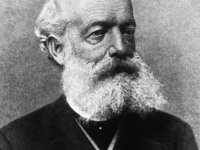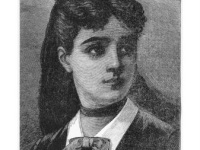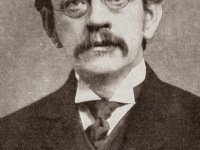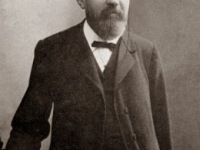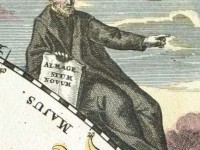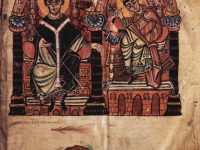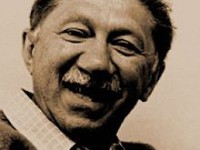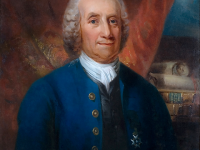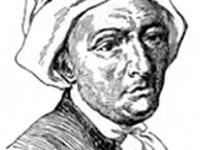August Kekulé and the Carbon Ring Structure
On July 13, 1896, German organic chemist Friedrich August Kekulé passed away. Being one of the world’s leading chemists of his time, he is best known for devising the ring structure of carbon atoms in organic molecules and became the principal founder of the theory of chemical structure. August Kekulé Background August Kekulé was born on September 7, 1829 in Darmstadt as son of a civil servant. After graduating from secondary school, in 1847…
Read more

